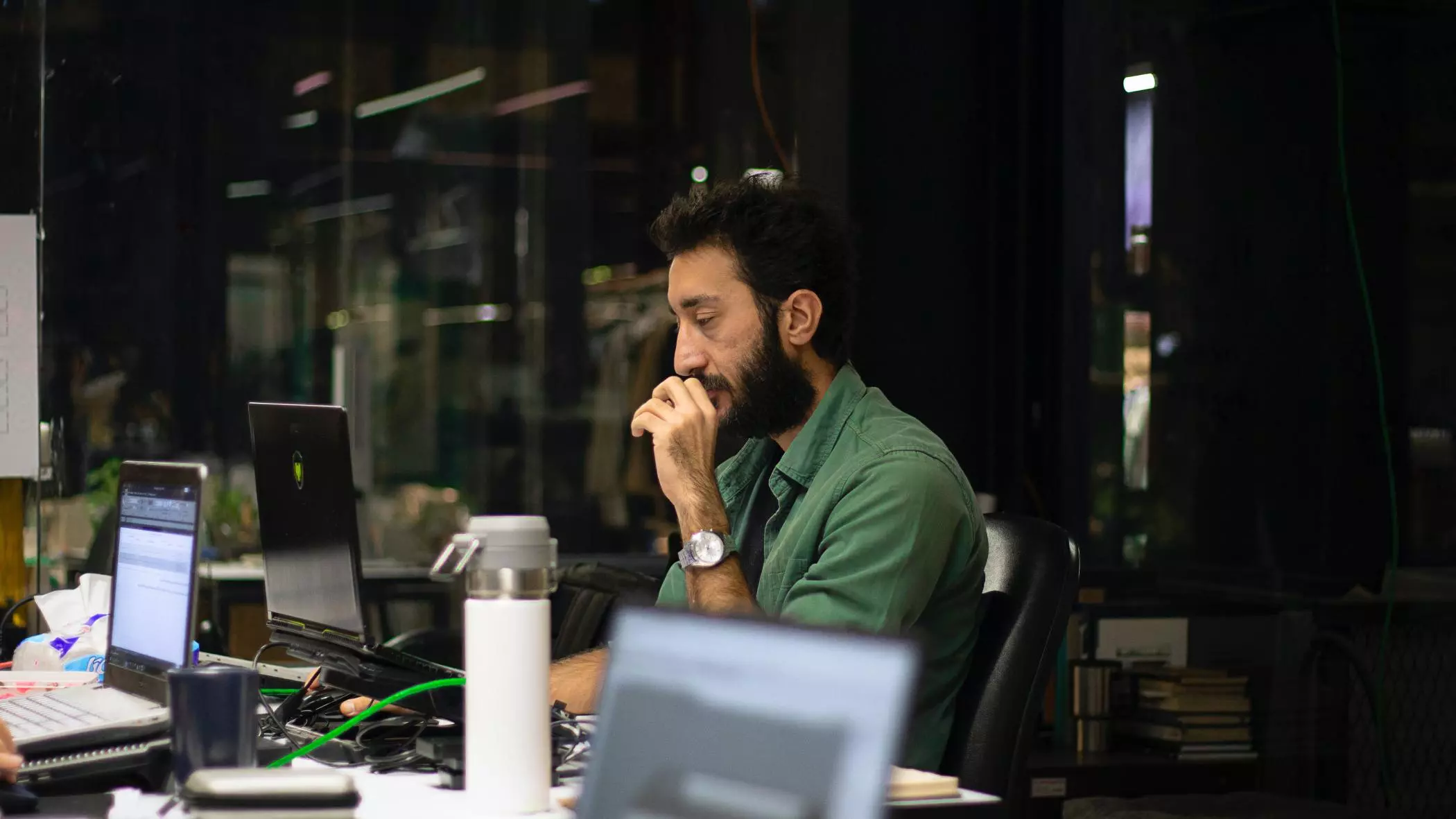Over three decades ago, economic researcher Martin Ravallion and his colleagues found a way to identify and quantify the world’s poorest people with an international poverty line that continues to guide policies to this day.
Poverty has been with us since the dawn of civilization, but the measurement of global poverty is a relatively new development. A turning point came in 1990, when a team of economic researchers at the World Bank, Martin Ravallion, Gaurav Datt, and Dominique van de Walle, conceptualized the international poverty line.
Since then, the international poverty line has been an indispensable tool in the fight against global poverty, allowing comparisons across time and space and rigorous evaluation of policies designed to reduce poverty.
To help focus the resources of development institutions on those in greatest need, Martin Ravallion and his colleagues revolutionized the measurement of one form of deprivation: those in “extreme absolute poverty.” They quantified the number of people globally who had insufficient resources to meet basic human needs by analyzing the national poverty lines of the poorest countries.
Most national poverty lines of developing countries were (and continue to be) set using the cost-of-basic-needs method. A government prices a basket of goods and services deemed necessary for a dignified lifestyle (an adequate diet, shelter, basic education) and takes that as the poverty line. Anyone whose income falls below that line is deemed poor.
To estimate global poverty, Ravallion and his colleagues reasoned that the national poverty lines of the world’s poorest countries can serve as a guide for setting an international poverty line. A critical step in their method is making national poverty lines comparable by using purchasing power parity conversion (which accounts for differences in price levels among countries).
After making that conversion and averaging the poverty lines of a dozen or so of the poorest countries, they recommended an international poverty line of $31 per person per month in 1985 prices. This was the basis for the “dollar-a-day” poverty line that became a key analytical and communications tool in the fight against global poverty. Their analysis revealed, shockingly, that one billion people were living on less than the cost of a cup of coffee – and many of the world’s poor were not living in the poorest countries.
Moving forward, their methods were essential for showing which anti-poverty programs did, in fact, benefit the poor. Ravallion’s methodology remains in place to this day, with the current international poverty line for low-income countries set at $2.15 using 2017 prices.
When they constructed the international poverty line and estimated global poverty in 1990, Ravallion and his coauthors projected that global poverty would fall rapidly as long as economic growth was shared proportionately with the poor. That was what happened in the following decades, which saw unprecedented economic growth (particularly in Asia’s developing countries).
Their analysis revealed, shockingly, that one billion people were living on less than the cost of a cup of coffee.
The significant setback due to COVID-19 (the first increase in the global poverty rate since 1998) notwithstanding, absolute extreme poverty fell drastically. When Professor Ravallion and his coauthors wrote their groundbreaking paper in 1990, nearly 40% of the world’s population lived below the international poverty line. Now, that figure is under 10%. In the interim, the international poverty line has served as the basis for understanding which countries and populations within countries have been hardest hit by crises like the COVID-19 pandemic and what policies have been most effective in protecting them.
Measurement of poverty has moved in several directions since the early 1990s, reflecting both the evolving development challenges within countries and the diversity of challenges among countries. The distinction between absolute poverty (inability to meet basic needs) and relative poverty (deprivation in comparison with others in a country) has always been central to understanding global poverty.
Absolute poverty remains a grave concern in the poorest countries, but relative poverty becomes more relevant as economies grow richer. Multi-dimensional poverty indices aggregate several development indicators (such as access to basic services) to go beyond income poverty. Subjective poverty lines do away with the data intensity of objective poverty lines like the international poverty line and simply ask respondents whether they consider themselves poor to determine their poverty status.
But thirty years later, the dollar-a-day poverty line and its regular updates remain essential for measuring progress in poverty reduction. Before the poverty measurement revolution in the 1990s, development institutions largely focused on pursuing economic growth, with the faulty assumption that benefits for the poor would necessarily follow.
Increasingly, the fight against extreme poverty has been based on directly measuring the impact on the world’s poorest. Recent advances, backed by impact evaluation, include conditional cash transfers, the graduation approach, and public provision of health and education services. The underpinning of the policy evaluations supporting those advances has been rigorously collected, internationally comparable poverty data.
Source :- Asian Development Blog






